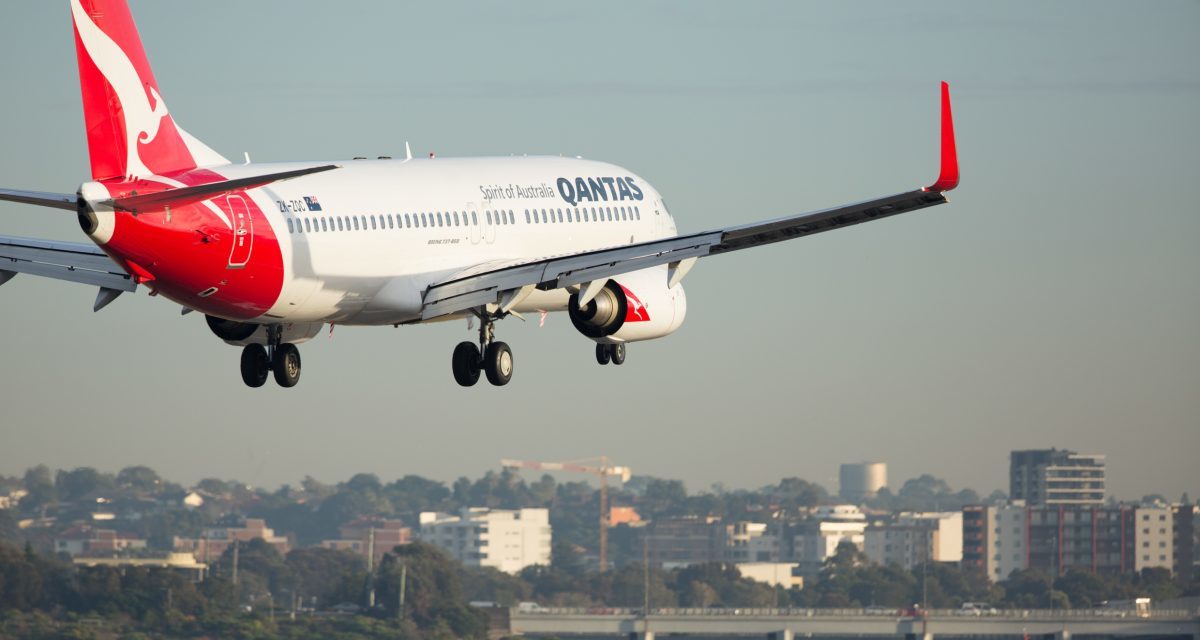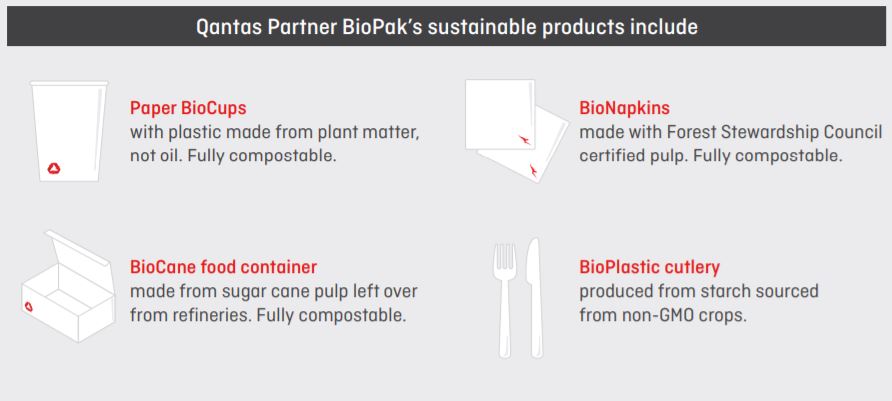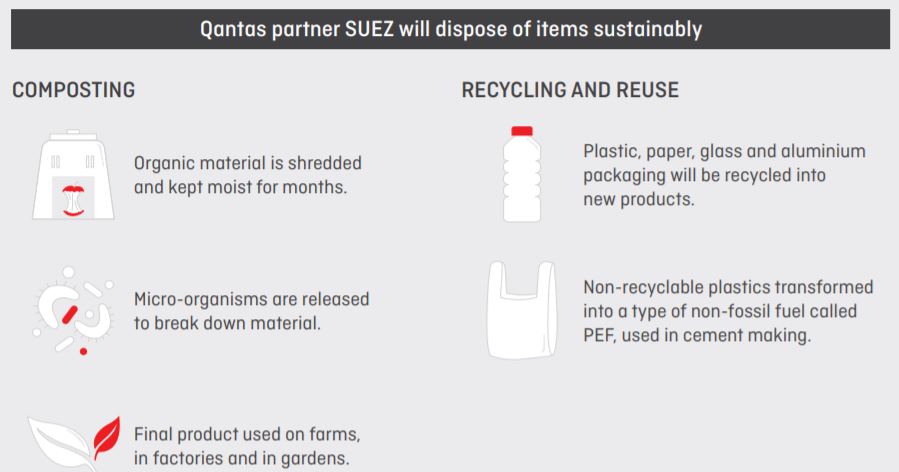Australia’s Qantas has operated what they are touting as the world’s first zero waste flight. This follows on from Hi Fly and their world’s first plastic free flight.
With reports that the planet is essentially doomed if we don’t do something about it, seeing corporations taking the lead is heartening. Governments are certainly too busy dilly dallying, so if things must start at the ground level, so be it.
How Much Waste Is Produced By A Flight?
The press release issued by Qantas puts the waste into numbers. A Sydney to Adelaide flight, which is around 1,167 kilometres and timed at just over two hours, generates 34 kilograms of waste. This translates to 150 tonnes annually for the route.
When you scale that up, Qantas and Jetstar report that they produce waste equivalent to 80 fully laden Boeing 747’s each year. That is a vast amount and just one company, which goes to show just how much human beings are throwing away.
A Zero Waste Flight
Qantas aim to cut 100 million single-use plastics by the end of 2020 and eliminate 75% of the airline’s waste by the end of 2021. This is ambitious and also quite achievable. It’s no small effort either, with 45 million plastic cups, 30 million cutlery sets, 21 million coffee cups and 4 million headrest covers needing to be replaced with sustainable alternatives.
Around 1,000 single-use plastic items were substituted with sustainable alternatives or removed from the flight. Using containers made from sugar cane and cutlery made up from crop starch were some alternatives. Cabin crew then collected the leftovers and sorted them into the appropriate category for recycling.
The entire initiative is called the Bowerbird Project, named after the Australian bird that reuses small plastic items. Due to quarantine regulations, some things such as leftover food from international flights, has to be destroyed, which is why they will never be able to recycle all waste.
Overall Thoughts
Having ambitious targets, such as the end of 2020 and end of 2021 dates is how the world should be operating. Pushing dates out to 2030 or 2050 for emissions reductions means that people will do what they always do – kick the can down the road, then do all that’s needed right before the deadline.
All other airlines should be taking the issue seriously and doing what they can to be more environmentally friendly. While difficult, as all change can be, it can and should be done.
What do you think of the Qantas initiative? Should others follow suit? Thank you for reading and if you have any comments or questions, please leave them below.
To never miss a post, follow me on Facebook, Twitter and Instagram.
All my flight and lounge reviews are indexed here so check them out!
Featured image via Qantas.
All other images from the Fact Sheet attached to the Qantas Press Release.







